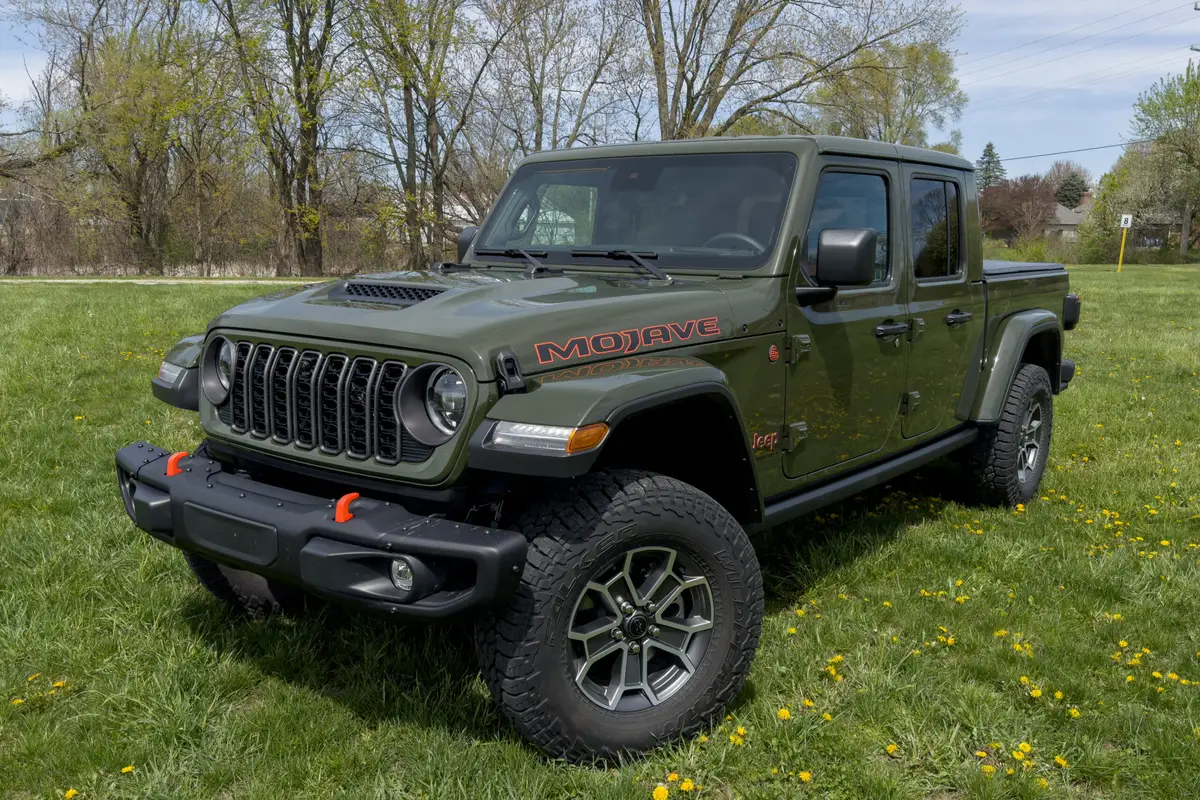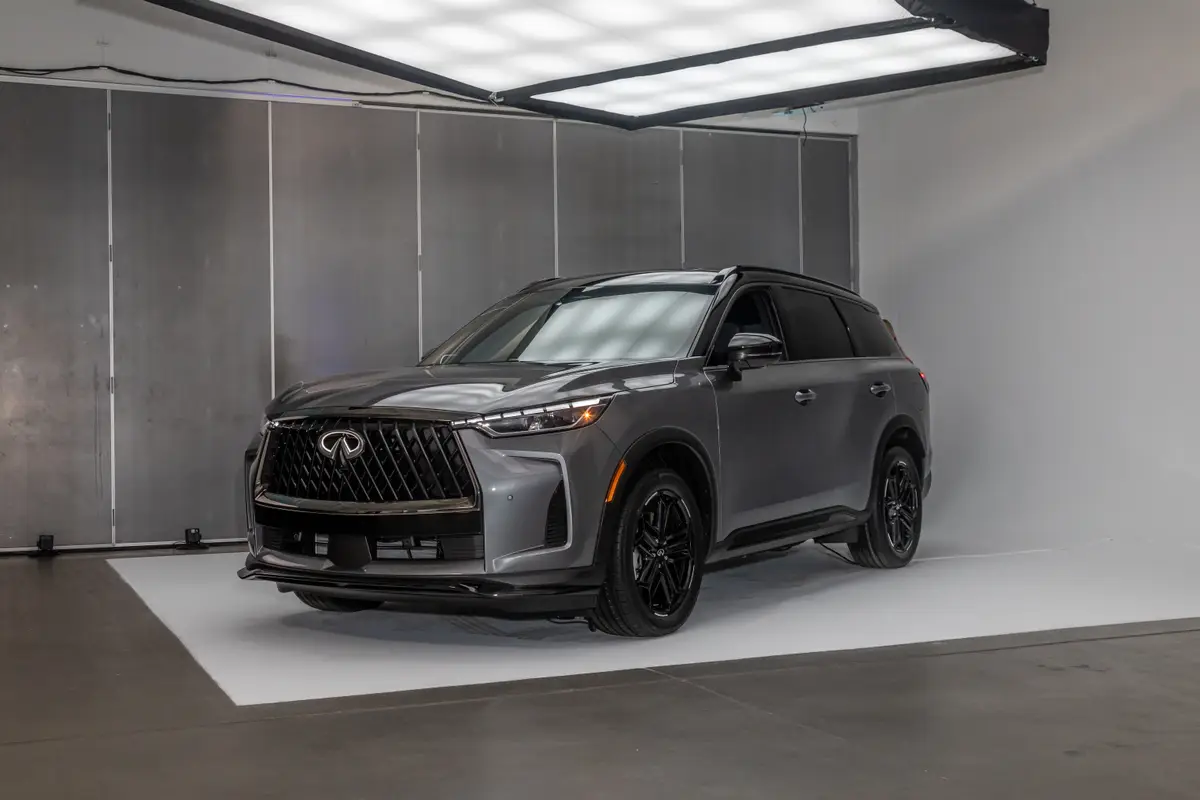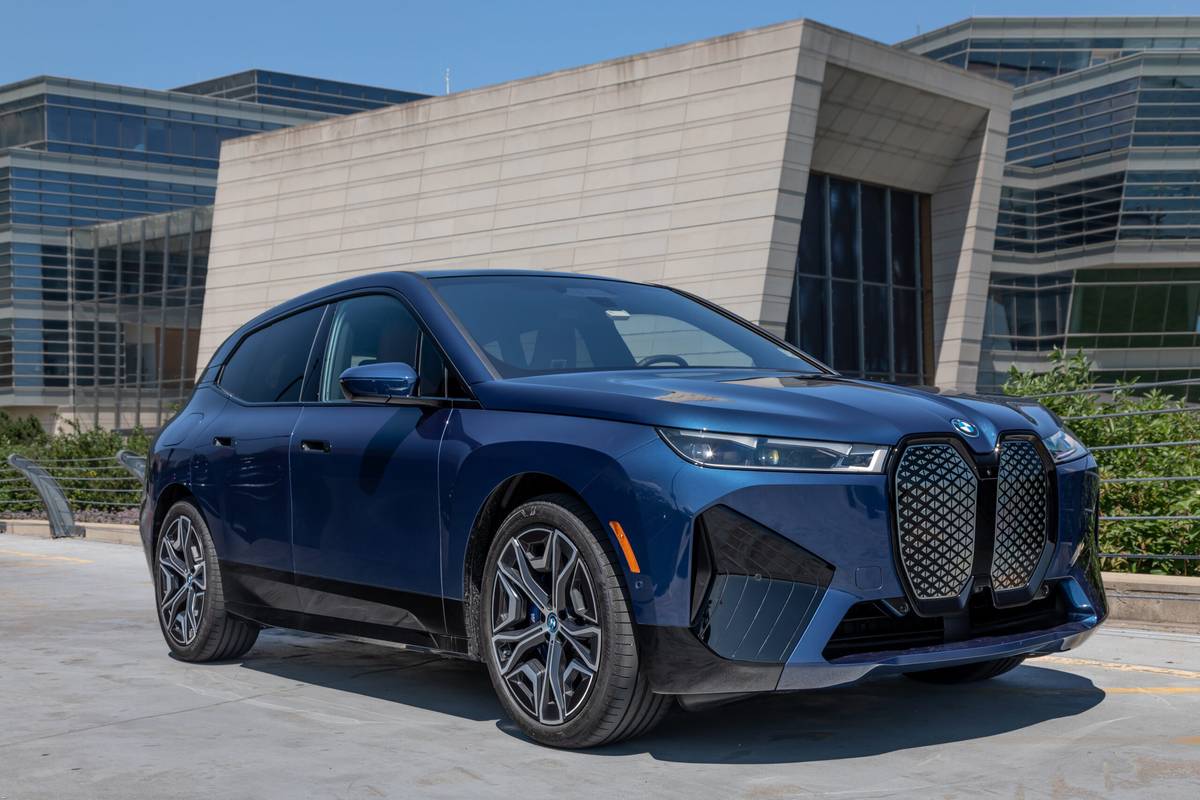Boston.com's view
I’m driving yet another Mercedes-Benz because, as the guy used to say on the television show of the same name, “You asked for it.” Another day, another Benz.
A couple of months back we took a spin in Mercedes’ new C-Class “entry-level” sedan and marveled at what a fine car it was for a class whose base price was supposed to be just under $30,000. It is, in fact, a remarkably engineered and refined successor to the 190-Class that began in the 1984 model year, and the C-Class, which was introduced in 1993 and now has 1.6 million buyers to its credit.
I was – and so were many of you – looking for that entry-level experience. The problem was, the manufacturer shipped a top-of-the-line C320, leathered and loaded and coming in closer to $40,000 than $30,000. Drove it, liked it, wrote about it. Then lots of you wrote to me: “Where’s this alleged ‘entry-level’ Benz?”
Here it is. Almost. It’s the C240 and its base price is, indeed, below $30,000. But again, the manufacturer sent me an optioned-up version so we end up talking $36,000 rather than $30,000. Why? Because, I am told, most of the C-Class autos shipped to dealers have lots of options already on them. If you had your eye on the one I drove, the one with the special burgundy paint ($625); leather seating ($1,375); power front seats ($1,200); ski sack with rear-seat pass-through ($800); and glass sunroof ($1,100) among other options, then you’d be looking at $30,000 in your rearview mirror.
I am also told that if you really want this car for near $30,000, you have to walk into your dealer and order one “stripped down,” so to speak. So yes, a cheaper C-Class can be had, but you will have to wait longer for delivery.
And you know something? That would not be such a bad thing. At that price, it is a heck of a competitor for the Audi A4, Lexus ES300, BMW 3 Series, and the Volvo S70.
Call it the trickle-down theory of gadgetry and quality.
Start with the looks of the C-Class. Very coupe-like, with its rounded yet distinct wedge shape and its elliptical headlights. S-Class-like, in fact. And without adding on the geegaws and doodads that adorned my test model, consider what you still get as standard equipment: wood trim, onboard integrated electronics that incorporate audio, telematics, and telecommunication; adaptive front air bags, side air bags, and side window air bags that reach from front to rear pillars; ABS with Brake Assist (the latter boosts your effort when sensors detect you stomping the brake in an emergency); stability and traction control; and dual-zoned climate controls front and rear.
And it’s all wrapped in one smooth, quiet, and comfortable car.
The front seats are low and firm with great support under and beside the thighs and good bolster support up the torso. The rear outside seats are bucket-like in their grip, though the “fifth” passenger had best hope they are not along for a cross-country trip.
The C240 is powered by a 2.6 liter V-6 tha t produces 168 horsepower. I’m told it’s a second slower (0 to 60 miles per hour in 8.2 seconds) than the bigger engine in the C320, but I don’t see many Benz owners cranking out 0 to 60 tests or running the standing quarter mile.
In fact, the torque band was broad enough in this car that once it was rolling at travel speeds, there was little discernible difference in the two cars’ performances. It moved solidly and strongly through fast, heavy traffic and virtually glided stealth-like when it was set free to fly the open highway.
The test model had a six-speed standard transmission, a touch of sportiness I’d opt for if I were to buy this car. The stick offered a smooth series of short throws and though I’d describe its feel as buttery rather than clicking, it was still fun to use.
In cornering and sudden braking, the suspension held the car solid at all corners with virtually no sense of body roll and no nose dives. In an improvement, Mercedes, while fine-tuning the rear ltilink suspension of the old C-Class, has added a new setup for the front: two separate lower links with a strut, coil springs, twin-tube gas shock absorbers, and a stabilizer bar. Makes for one smooth ride.
An electronic stability program helps keep the car going where you want to go by monitoring your “steering intent” and, if the car doesn’t seem to be going where you are trying to take it, uses individual wheel braking to get you back on course. In addition, traction control uses braking and torque transfers to keep you moving when things get slick or slippery.
Four-wheel discs bring the car to sudden, sure stops and, should you not be able to stop in time, well, the engineers have answers for that as well. They’ve designed a sequential crash absorption system that transfers energy depending on the severity of your crash. Small bumps (up to 2.5 miles per hour) are absorbed by foam in the bumpers. After that, up to 9.3 miles per hour, crash boxes absorb the energy of impact before it can be transferred into more heavy-duty areas. Above that, cross members, sectional panels above the wheel wells, and even the rocker panels are designed to distribute all that bad energy around, rather than into, the car.
The crash boxes, in particular, are intriguing because they are designed to collapse and prevent damage to more expensive parts of the car. They are easily replaced, Mercedes says.
A lot of you write to me asking what you can buy that is reliable, safe, and not crazy expensive. I steer a lot of folks to Audis and Volvos and Volkswagens.
With this car, I’ll add the Mercedes C-Class (without all the options) to that list.
Nice touch:
The charcoal-colored top for the dash. Cuts glare. The rest of the dash is coordinated to match the chosen interior color of your auto.
Annoyance:
I hate where Mercedes-Benz puts the stem for cruise control. It sits right where the turn signal stem is on most cars. Consider the possibilities . . .
Latest news



